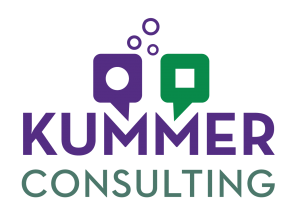You don’t have to be right; you just have to be curious. Freeing yourself from the fear of being wrong is transformational for life science leaders.
Two scientists came to my leadership programs with the same goal: to better convince team members to agree with them. Their styles were different, though: one couldn’t speak up and the other couldn’t stop talking.
In our coaching sessions, I had them ask themselves, “If I did the opposite, what do I worry about?” Their answers were identical: “What if I’m wrong?” We turned the worry into a different question: “What if the others have useful information I don’t know?” With this new concern, they experimented with new behavior: asking questions.
The nonstop talker started writing down his thoughts before meetings, identifying what he didn’t know. He then sought out people who had the knowledge and put together the big picture for his team to discuss. The non-talker practiced being curious in meetings. He started asking questions.
Both learned that their teams appreciated their contributions more and more. They felt less frustrated and found ways to interact more effectively.
Each of them marveled at how much more confident they became. The quiet one reflected, “I say what’s on my mind and whether I’m right or wrong, it brings the important issues to the table.” The talker mused, “It lifted a burden off my shoulders. I don’t have that fear. I walk in with an open mind.”
